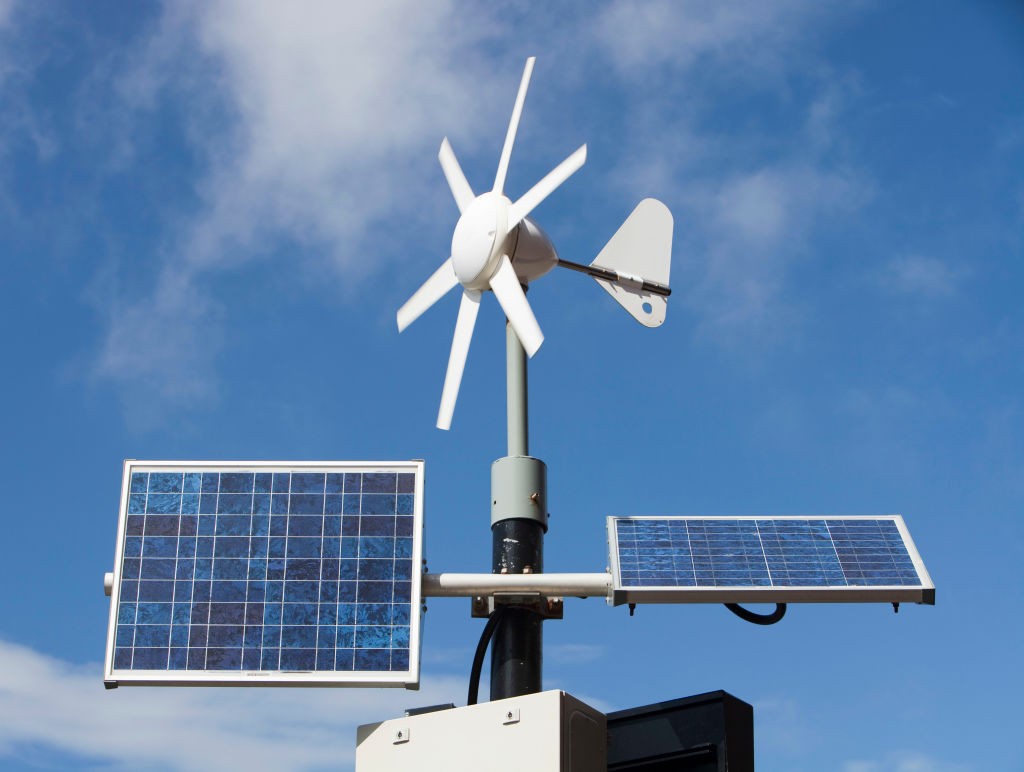
NASA announced that July 2023 was the hottest month in its temperature records. The news came as the number of people living in middle-class or rich households around the world topped 4 billion. For the first time in history, an average citizen can now afford a middle-class lifestyle. Yet it would be a mistake to see these two events as mere coincidence.
Record temperatures are directly linked to climate change that is driven by a global economy built to satisfy the insatiable appetite of middle-class mass consumption. Despite all the hype over renewable energy, CO2 emissions reached a record high in 2022.
But this same middle class today also presents the best chance of reaching Net Zero by 2050 for three reasons.
Read More: Global Climate Solutions Exist. It's Time to Deploy Them
First, it’s clear that the only way to get climate change under control is if every country plays its part in reducing emissions. When the Kyoto Protocol, the first international climate agreement, came into effect in 2005, it only set binding emissions targets for a handful of advanced economies. A far more comprehensive agreement was reached at Paris in 2015—when all countries agreed to work together to reduce their emissions—in large part because of pressure from emerging middle-classes outside the rich world. Households in developing countries were choking in smog-filled cities, and their governments saw Paris as an opportunity to get money and technology to fund a green economic boom. The Paris accord has its flaws but it has held together largely thanks to the environmental pressure groups that also have their roots in the world’s middle class.
Second, the middle class is steering global capital markets toward sustainability. Global bond markets, with a valuation of $133 trillion, drive the world’s economy. Although sustainable bond markets are still quite small—$2 trillion or so—they are the fastest growing component of capital markets. True, there are concerns about greenwashing and increased regulatory scrutiny in this space, but bond holders have spoken. They want to see a larger share of their portfolios in sustainability-themed financial products. Thanks to the strong economics of new technologies, these investor preferences can be met without any sacrifice in terms of financial returns.
Without pressure from investors, markets would continue to finance dirty technologies in much greater sums. Fossil-fuel industries have used their power to extract huge subsidies from governments—$7 trillion last year according to the International Monetary Fund. And if governments won’t steer capital in the right direction by using carbon taxes and other economic instruments to get efficient market solutions, then capital markets will do it themselves. The U.S. has led the way in green bond issuances, but it is closely followed by China. Without bond market support for green investments, there is no chance of combating global warming.
Third, the middle class is pushing companies to pay more attention to sustainability. A key feature of middle-class consumers is that they are voting with their pocketbooks, adding some social purpose to their economic choices. Some companies are explicit about using this as a business strategy. The apparel and accessories company Toms bills itself as “fashion for a good cause. We’re in business to improve lives.” The German company Share similarly donates profits for grassroots benefit. The consultancy, PwC, surveyed business leaders in the U.S. and found that 79% felt that purpose was central to their success. Gen Z-ers use social media to reward brands that cater to their preferences and call out those that don’t.
Read More: Why Companies are Doubling Down on Nature
A cynic might say that much of this is lip-service, but there is nothing intrinsic about middle-class lifestyles that requires so much emissions. Most have to do with policy choices, and the middle-class can be a powerful advocate for those. As one example, U.S. households use twice as much energy per person as their European counterparts, and three times as much as the Swiss. The important point is that policy is the root of the problem. And as the middle-class starts to see more of the ways through which they can make a difference, they will advocate for specific, economy-wide changes. The days of lamenting tree-huggers and bicycle enthusiasts are over. The world’s growing middle-class at-large is starting to demand the systemic change humanity needs.
More Must-Reads From TIME
- What Student Photojournalists Saw at the Campus Protests
- How Far Trump Would Go
- Why Maternity Care Is Underpaid
- Saving Seconds Is Better Than Hours
- Welcome to the Golden Age of Ryan Gosling
- Scientists Are Finding Out Just How Toxic Your Stuff Is
- The 100 Most Influential People of 2024
- Want Weekly Recs on What to Watch, Read, and More? Sign Up for Worth Your Time
Contact us at letters@time.com